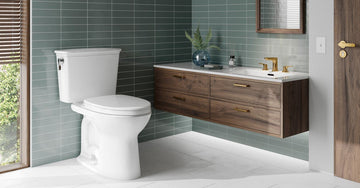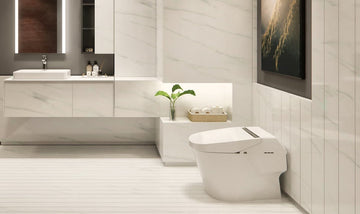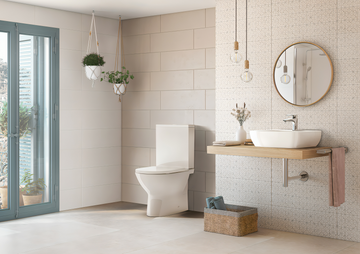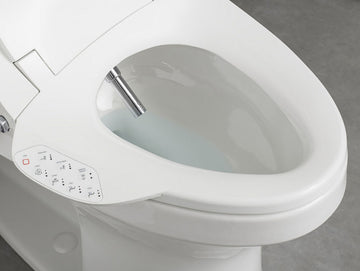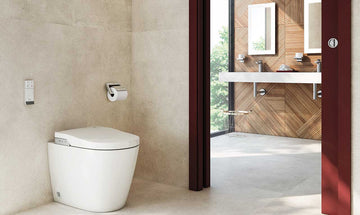In the ever-evolving world of bathroom technology, the debate of smart toilets vs regular toilets has become a hot topic of discussion. As the world shifts towards more advanced and efficient solutions, the traditional toilet has been met with a challenger that promises a futuristic and hygienic experience. For those in the industry and quality assurance domain, understanding these differences is crucial for making informed decisions.
Smart toilets, with their array of features, are designed to offer more than just a basic bathroom experience. From heated seats to integrated bidet functions, these high-tech toilets aim to enhance comfort and hygiene. On the other hand, regular toilets, which have been the standard for decades, offer simplicity and reliability without the bells and whistles.
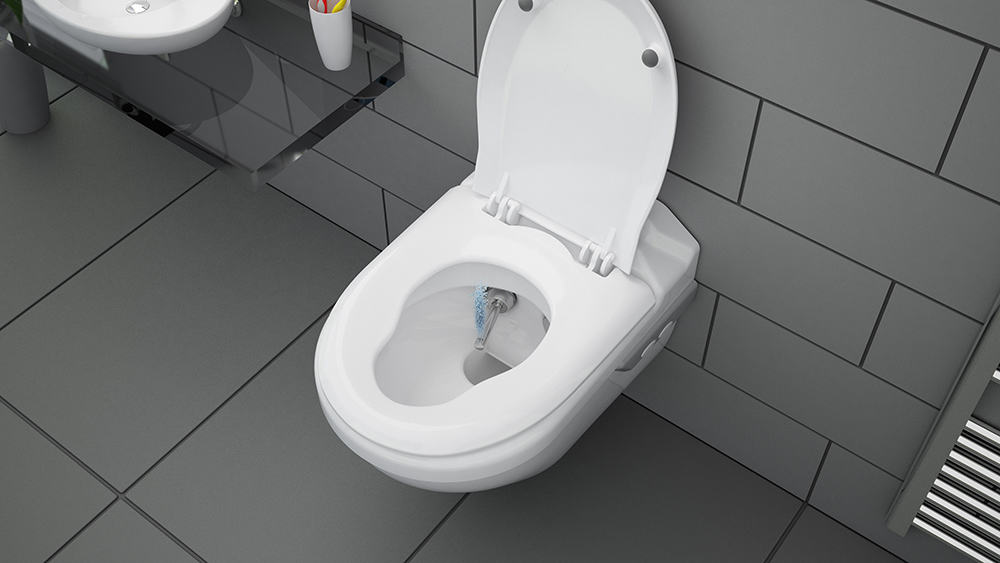
The Rise of Smart Toilets
Smart toilets have taken the bathroom industry by storm, offering features that were once considered luxuries. According to Squatty Potty, the future of toilet technology is here, and it's changing the way we view our bathroom rituals.
One of the most appealing aspects of smart toilets is their ability to cater to personal preferences. Features such as customizable water pressure, temperature settings, and even air drying functions make these toilets a popular choice for those seeking a tailored experience. Additionally, many smart toilets come equipped with self-cleaning capabilities, reducing the need for manual maintenance and ensuring a consistently clean surface.
Innovative Features of Smart Toilets
Smart toilets are packed with innovative features that set them apart from their traditional counterparts. For instance, luxury smart toilet features include motion-activated lids, automatic flushing, and built-in deodorizers. These features not only enhance user convenience but also contribute to a more hygienic bathroom environment.
Another significant benefit is the integration of health monitoring systems. As highlighted in smart toilet health monitoring, some toilets can track and analyze health data, providing valuable insights into the user's well-being. This feature is particularly beneficial for those who prioritize health and wellness.
Regular Toilets: Tried and Tested
Despite the advancements in toilet technology, regular toilets remain a staple in many households and public facilities. Their simplicity is their greatest strength, offering a no-fuss solution for basic sanitation needs. Regular toilets are generally more affordable and easier to install, making them a practical choice for many.
Furthermore, regular toilets have stood the test of time, with designs that have been perfected over decades. They are known for their durability and reliability, requiring minimal maintenance compared to their smart counterparts. For those who prefer a straightforward bathroom experience, regular toilets are a tried and tested option.
Cost and Maintenance Considerations
One of the primary factors influencing the decision between smart and regular toilets is cost. Smart toilets, with their advanced features, tend to be more expensive upfront. However, as mentioned in Horow's smart toilet innovations, the long-term benefits of reduced water usage and enhanced hygiene can offset the initial investment.
On the other hand, regular toilets are more budget-friendly and have lower maintenance costs. They do not require the same level of technical support or repair as smart toilets, making them a cost-effective choice for those with budget constraints.
Environmental Impact
In today's environmentally conscious world, the sustainability of bathroom fixtures is a key consideration. Smart toilets often come equipped with water-saving technologies, such as dual-flush systems, that significantly reduce water consumption. This is an important feature for those looking to minimize their environmental footprint.
While regular toilets have also made strides in water efficiency, particularly with low-flow models, they may not offer the same level of water conservation as their smart counterparts. For those prioritizing environmental impact, smart toilets present a more sustainable option.
Conclusion: Which One Should You Choose?
The choice between smart toilets vs regular toilets ultimately depends on individual preferences and priorities. For those seeking a high-tech bathroom experience with personalized features and enhanced hygiene, smart toilets are an excellent choice. However, for those who value simplicity, reliability, and cost-effectiveness, regular toilets remain a viable option.
As the bathroom industry continues to evolve, it's essential to stay informed about the latest advancements and trends. Whether you're considering upgrading your bathroom or simply curious about the future of toilet technology, understanding the differences between smart and regular toilets is key to making the right decision.

FAQs
1. Are smart toilets worth the investment? Smart toilets are worth the investment if you value advanced features, personalized settings, and enhanced hygiene. They offer long-term benefits, such as water conservation and health monitoring, that can offset the initial cost.
2. Can regular toilets be upgraded to include smart features? While regular toilets can be retrofitted with certain smart features, such as bidet attachments or motion-activated lids, they may not offer the full range of capabilities found in fully integrated smart toilets.
3. How do smart toilets contribute to environmental sustainability? Smart toilets often come with water-saving technologies like dual-flush systems, reducing water consumption and contributing to environmental sustainability. This makes them a more eco-friendly choice compared to traditional toilets.
This article contains affiliate links. We may earn a commission at no extra cost to you.

